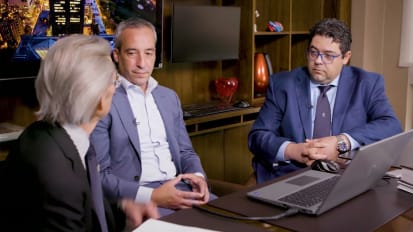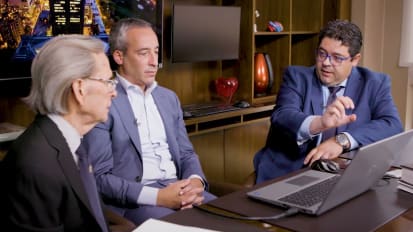Randolph P. Martin, MD
Clinical Professor, Department of Cardiovascular Surgery
Icahn School of Medicine at Mount Sinai
Related Videos
 Video
Video
Risk factors for sudden cardiac death from arrhythmic mitral valve prolapse (Part 1)
Arrhythmic mitral prolapse has been identified as a potential cause of sudden cardiac death among some patients with primary mitral regurgitation.
 Video
Video
Why mitral valve repair surgery is the safest fix for primary mitral regurgitation
Review a six-year study of over 53,000 patients revealing safety and durability of mitral valve repairs for primary mitral regurgitation.
 Video
Video
Mitral Annular Calcification (MAC): An Algorithmic Approach to Diagnosis and Treatment
Review Mount Sinai’s proven algorithm for determining the best treatment for MAC, with imaging and video.
 Video
Video
Mitral Valve Repair for Native Mitral Valve Endocarditis
Surgical video from a case study, exploring the complexity of diagnosing mitral valve endocarditis.
 Video
Video
Left Ventricular Pseudoaneurysm: A Surprising Case Study
Review the challenging case of a left ventricular pseudoaneurysm in a 48-year-old woman presenting with chest pain.
 Video
Video
Treating secondary mitral valve regurgitation and heart failure
Secondary mitral valve regurgitation increases the dangers of heart failure, and the two conditions are often encountered together.
 Video
Video
Diagnosing and treating arrhythmic mitral valve prolapse to avoid sudden cardiac death (part 2)
In Part 2 of our discussion, a case study offers new insights into properly identifying, diagnosing and treating high-risk patients.
